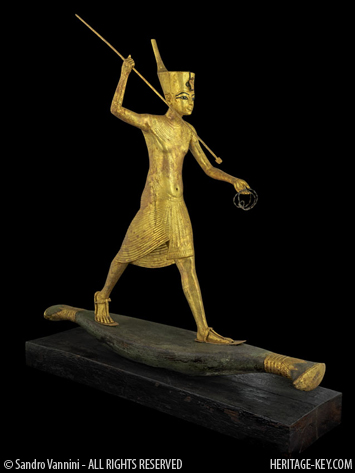 The Royal Ontario Museum, in Toronto Canada, has brought ina number offeatures to make theirTerracotta Warriors show more accessible.
The Royal Ontario Museum, in Toronto Canada, has brought ina number offeatures to make theirTerracotta Warriors show more accessible.
They have installed four replica artefacts, along with Braille markings, that peoplecan touch. These include a ding ritual vessel, a kneeling archer, a cavalry soldier and horse, and a dancer.
The kneeling archer is of particular interest. The example on display at the ROM has some surviving color – information that will presumably be included in Braille. His armor is also quite detailed as seen in this close-up shot.
Each of the warriors has a unique look (scholars believe they were modeled on real Qin Dynasty soldiers). Being able to touch the face of the replicas will give viewers a chance to better take in the details.
These touchable replicas are not the only accessibility features being used in this exhibit.
For those who are blind or with vision loss, tactile booklets are available for loan at no charge at the admission desk, as are large-print exhibition booklets. These publications feature Braille and large print, a tactile exhibition map and tactile graphics of numerous highlighted exhibition objects. Many graphics in the exhibition feature prominent, large font, the museum said in a press release.
For those who are deaf, hard of hearing and deafened, the exhibitions two mini-theatres are equipped with Acoustical containment. Neck loops are available for special paid-tours upon request. Further, the exhibitions numerous videos that include narration are captioned in both English and French.
Also, Podcasts pertaining to the exhibition or its series of lectures can be found on the ROMs website and are captioned in English.
The exhibition area itself is wheelchair accessible, with elevators, automatic doors and two accessible restrooms. Wheelchairs are also available for borrowing at the coast check on a first come first serve basis.The Terracotta Warriorshow at the Royal Ontario Museumuntil January 2, 2011.





